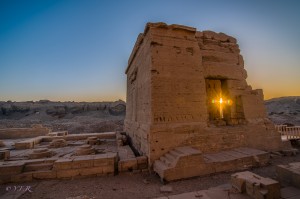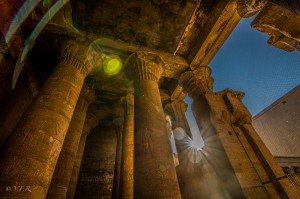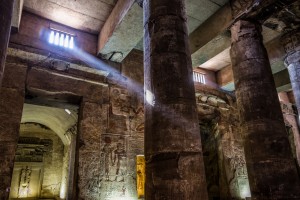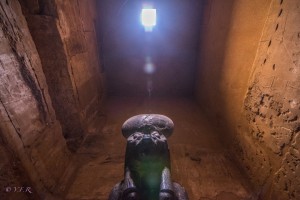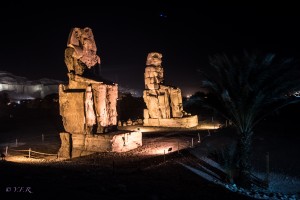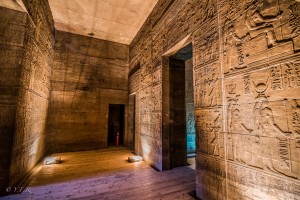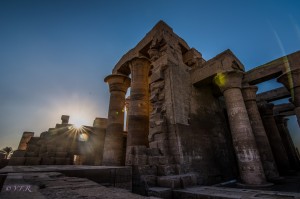
The Kom Ombo temple, built in the ptolemaic period is remarkable for being the only doble temple in Egypt, with its north side consecrated to Haroeris and the southern to the crocodile god Sobek.
Kom Ombo was a place where medicine and surgery were practiced, with such a skill that even today seems surprising. Its reliefs of medical instruments, including a stethoscope in one of the back chapels are very famed throughout the egyptological world.
If you see a bunch of cobras near the temple, don’t worry. They are quite harmless.
